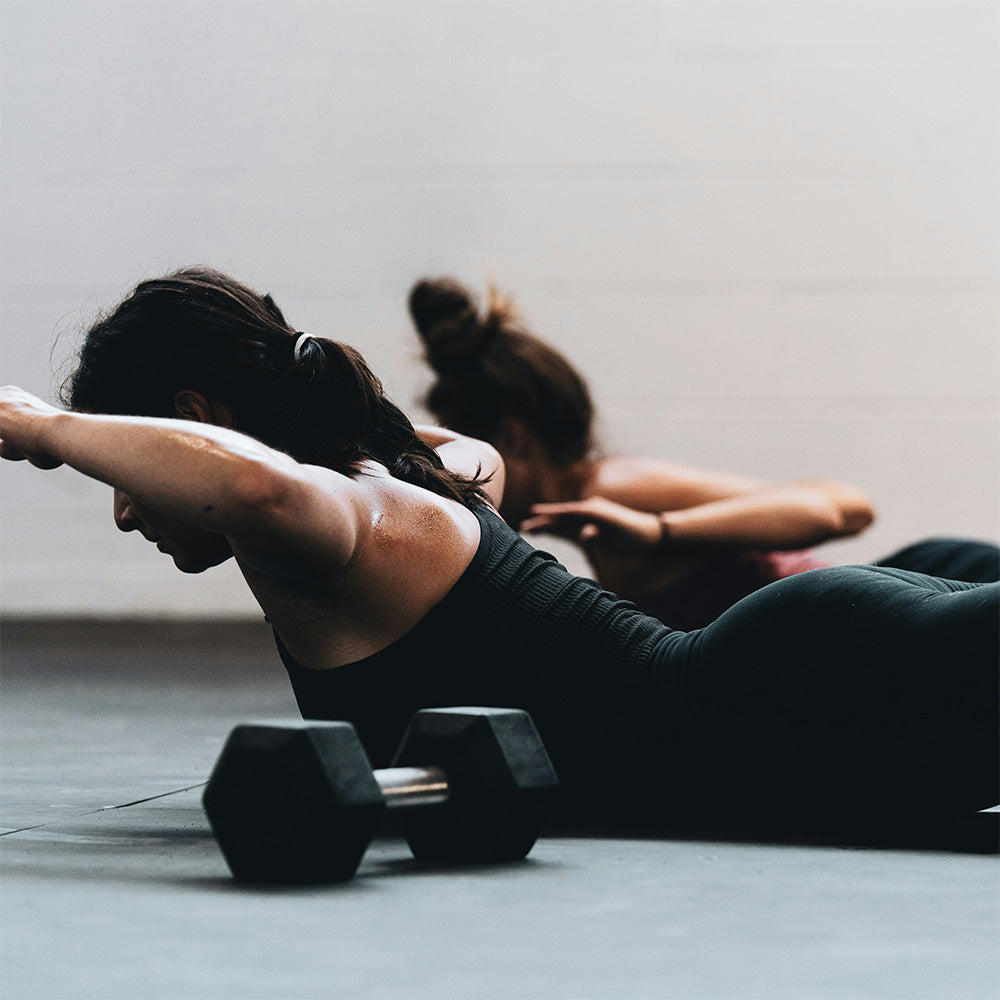The Prevalence of Lower Back Pain
Lower back pain is one of the most common health complaints, affecting millions of people worldwide. If you're one of those suffering from this nagging discomfort, you may be searching for an effective way to find relief. Pilates, a form of low-impact exercise emphasizing core strength, flexibility, and proper alignment, has gained popularity as a potential solution for lower back pain management.
The Core Principles of Pilates
At the heart of Pilates lies the engagement of the core musculature - abdominals, back, hip and buttocks. The muscles play a vital role in supporting the spine and improving posture. By targeting and strengthening these muscle groups, Pilates can help alleviate the strain on the lower back caused by weak or imbalanced muscles. Additionally, the emphasis on proper form and controlled movements in Pilates can help reduce the risk of further injury or aggravation.
Flexibility and Mobility Benefits
One of the key benefits of Pilates for lower back pain is its ability to improve flexibility. Many exercises incorporate gentle stretching, alleviating muscle tightness and improving overall mobility. This increased flexibility can reduce the risk of future back pain episodes and promote better overall posture and movement patterns.
Pilates and Herniated Discs
Herniated discs, or bulging discs, can cause pressure on nerves in the lower back, resulting in radiating leg pain, sometimes accompanied with lower back pain. While Pilates exercises should be approached with caution in cases of herniated discs, Pilates can improve flexibility, muscle endurance and overall mobility, which are important for recovery from a herniated disc. A study on Pilates for herniated discs found that a 6-week clinical Pilates program effectively reduced pain, disability, and improved flexibility and endurance in patients with a lumbar disc herniation. However, working with a qualified Pilates instructor who can modify exercises based on the individual's condition and avoid movements that may aggravate the herniated disc is crucial.
Pilates for Scoliosis
For individuals with scoliosis, an abnormal curvature of the spine, Pilates can be particularly beneficial. The exercises in Pilates help strengthen the muscles around the spine, improving spinal support and potentially slowing the progression of the curvature. Additionally, the focus on proper alignment and symmetry in Pilates can help address muscular imbalances that often accompany scoliosis. While Pilates cannot cure scoliosis, it can help manage symptoms, improve posture, increase flexibility, and strengthen the muscles that support the spine, ultimately enhancing overall quality of life for those with scoliosis.
It is important to note that Pilates exercises should be tailored to the individual’s specific scoliosis curve and severity. Working with a qualified Pilates instructor who specializes in scoliosis is highly recommended to ensure proper form and exercise modifications.
Combining Pilates with Back Pain Relief Creams.
While Pilates can be an effective long-term solution for lower back pain management, some individuals may find relief by combining it with topical pain relief creams, or ointments for back pain. These over the counter or prescription creams can provide temporary relief from muscle aches and inflammation, making it easier to perform Pilates exercises and maintain a routine. The combination of Pilates and back pain relief creams may ultimately lead to a more effective and faster treatment of (lower) back pain.
Seeking Professional Guidance
It's important to consult with a healthcare professional, especially if you have a pre-existing condition or injury, before starting a Pilates program for lower back pain management. A qualified Pilates instructor can also help tailor exercises to your individual needs and ensure proper form to maximize benefits and minimize the risk of further injury.

